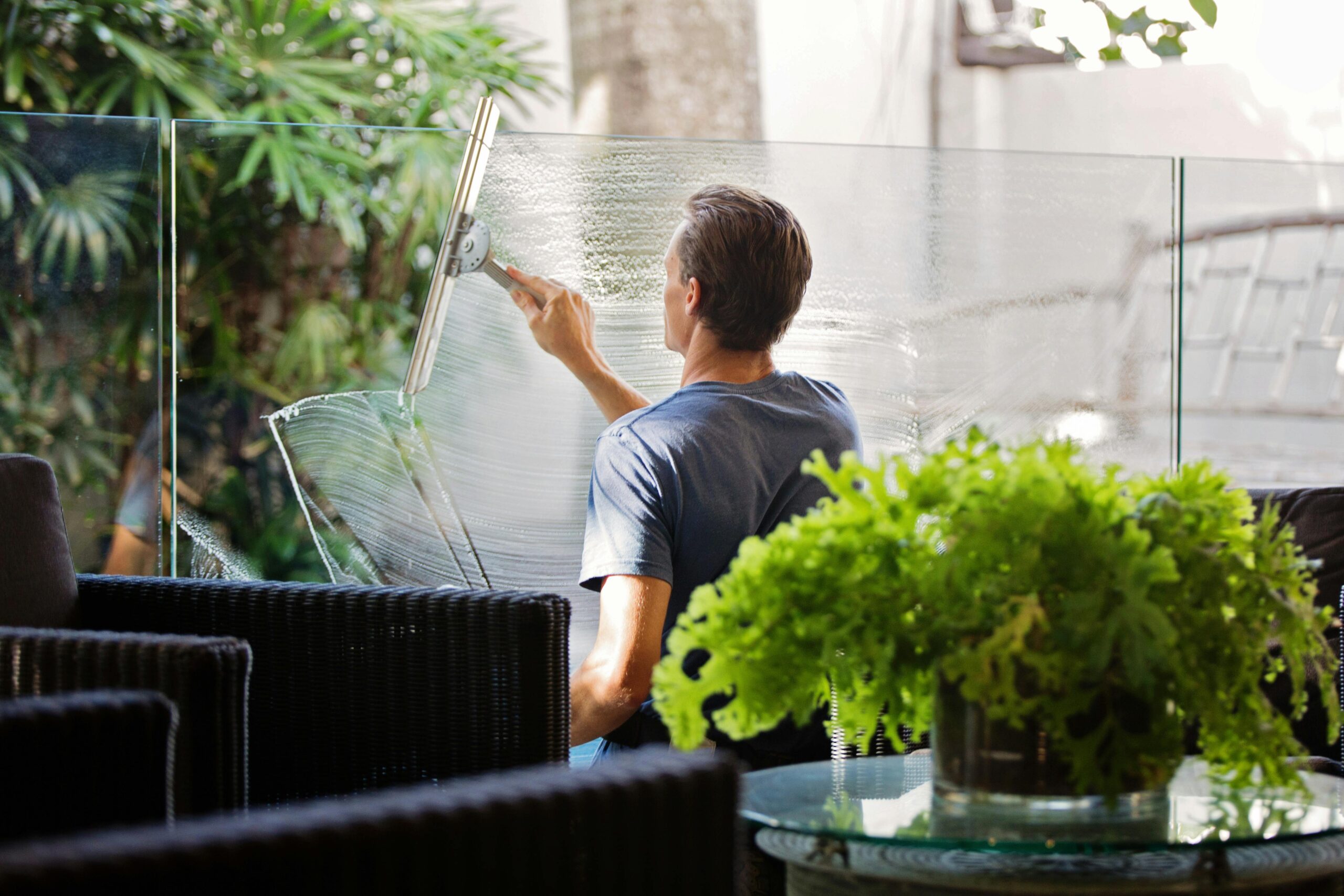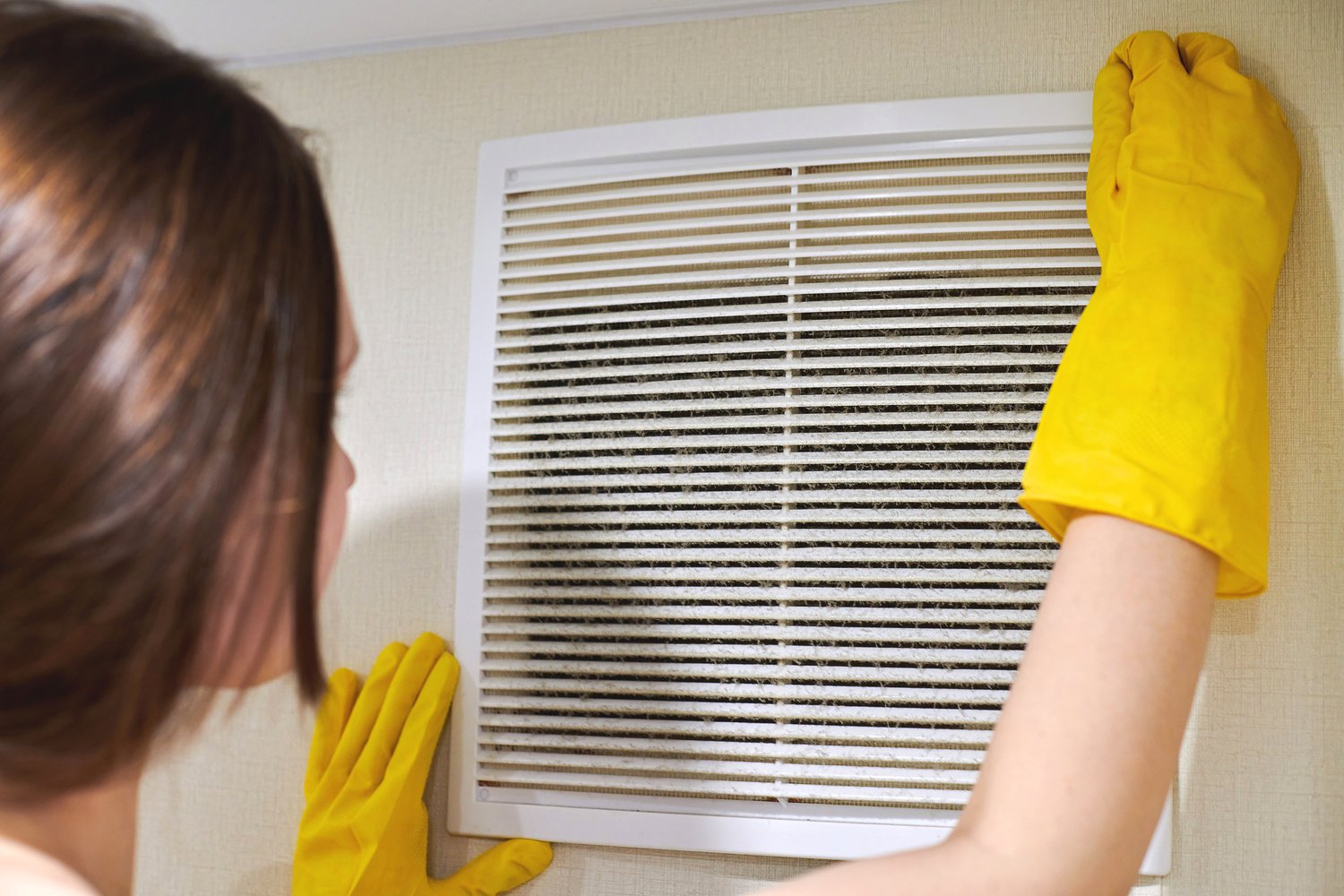Achieving perfectly clean, streak-free windows can transform the appearance of your entire home, allowing natural light to flood in while providing crystal clear views of the outdoors. Many homeowners struggle with streaky residue and water spots despite their best cleaning efforts. This comprehensive guide will share professional techniques used by window cleaning experts, reveal the best window cleaning solution diy recipes, and provide practical tips to help you achieve immaculate, streak-free windows every time you clean.
Understanding Why Streaks Happen
Before diving into solutions, it’s important to understand why streaks occur in the first place. Streaks typically form when cleaning solution residue or minerals from water are left behind on glass surfaces. Hard water containing high mineral content is particularly problematic. Temperature also plays a role—cleaning windows in direct sunlight causes solutions to dry too quickly before proper wiping, leading to visible streaks. Additionally, using the wrong cleaning tools, such as paper towels that leave behind lint, can undermine even the most thorough cleaning efforts.
Professional Tools for Streak-Free Cleaning
How professionals clean windows differs significantly from typical household approaches. Professional window cleaners rely on specialized equipment that makes a tremendous difference in results. Their essential toolkit includes a high-quality squeegee with a sharp, clean rubber edge, microfiber cloths that don’t shed lint, a soft-bristled brush for loosening dirt, and an extension pole for reaching high windows. A good squeegee technique involves starting at the top corner of the window, pulling across in a straight horizontal motion, and wiping the squeegee blade clean after each pass. This method prevents dirty water from running down already cleaned areas, a common cause of streaking.
Best DIY Window Cleaning Solutions
Commercial window cleaners can be effective but often contain harsh chemicals. Creating your own window cleaning solution diy allows you to control the ingredients while achieving professional-quality results. The simplest and most effective homemade solution combines equal parts white vinegar and distilled water. The vinegar’s acidity cuts through grease and grime while evaporating quickly to minimize streaking. For extra cleaning power, add a few drops of dish soap to tackle particularly grimy windows, but use sparingly as too much soap can leave residue. Another effective recipe recommended by AskHomey combines one part rubbing alcohol, one part white vinegar, and ten parts distilled water. This solution evaporates quickly, reducing the likelihood of streaks.
Step-by-Step Professional Cleaning Process
The sequence of your cleaning process significantly impacts your streak-free results. Begin by removing dust and loose dirt from the window frame and surface using a soft brush or lint-free cloth. This prevents dirt from turning into muddy streaks when wet. Next, apply your cleaning solution generously but not excessively to the glass. For interior windows, place a towel along the windowsill to catch drips. Work methodically from top to bottom and from left to right, overlapping each stroke slightly. After squeegeeing, examine the window from different angles to spot any remaining streaks. Immediately address any streaks while the window is still slightly damp using a clean microfiber cloth.
Timing and Environmental Considerations
When implementing streak free window cleaning tips, timing is crucial. Choose an overcast day or work during morning or evening hours when windows aren’t in direct sunlight. The ideal temperature range is between 60°F and 70°F. In these conditions, your cleaning solution won’t evaporate too quickly, giving you adequate time to properly remove it before streaks form. Humidity levels also affect results—moderate humidity works best, as extremely dry or humid conditions can promote streaking. If you must clean on a sunny day, work on one window at a time and start with windows on the shaded side of your home.
Addressing Challenging Window Issues
Sometimes windows present special challenges beyond everyday dirt and grime. For mineral deposits from hard water, apply a paste of baking soda and water to the affected areas, let it sit for several minutes, then rinse and clean as usual. Stubborn paint splatters can be carefully removed with a razor scraper held at a 30-degree angle to the glass, but exercise extreme caution to avoid scratching. For sticky residue from stickers or labels, apply some rubbing alcohol to dissolve the adhesive before cleaning normally. Tree sap requires special treatment with denatured alcohol or a commercial product specifically designed for sap removal.
Maintaining Streak-Free Windows
To extend the time between major window cleanings, implement regular maintenance. Dust window frames and sills weekly to prevent buildup. Promptly address water spots after rain to prevent mineral deposits from setting. Consider applying a commercial rain repellent product that causes water to bead up and roll off rather than leaving spots. This protective layer can maintain clearer windows for months between thorough cleanings. Additionally, keeping interior humidity controlled helps reduce condensation on windows, which can lead to water streaking and mold growth around frames.
For more tips and to connect with reliable home service professionals, follow AskHomey on Facebook and Instagram.



